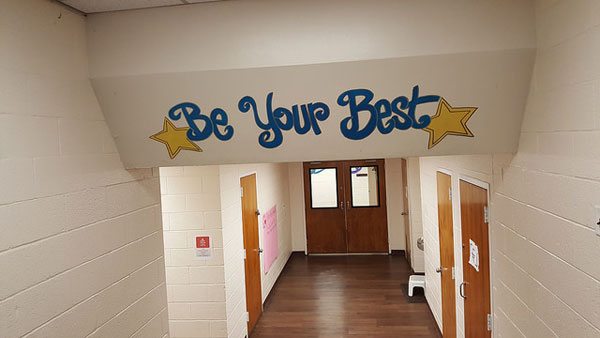
December 3, 2017; AP News, Chalkbeat, and The Atlantic
From their supporters’ perspective, charter schools are a key ingredient in the prescription our nation’s struggling education system needs to cure its ills. They provide a way to free educational leaders from the bureaucratic shackles of traditional public school systems, constraints believed to deprive students of a quality education. Or, Ethan Gray of Education Cities put it speaking to Chalkbeat, “Give us the freedom from overly prescriptive regulation and micromanagement, and in turn we will promise to help kids achieve on assessments at a certain level and create a strong school culture.”
For individuals who are concerned about children and their education, charter schools are an opportunity. Forming a nonprofit organization to operate one or more charter schools is a more direct way to do good than engaging in the often-messy political process required to change traditional public schools from within.
Shifting focus from cities and school districts to individual schools may benefit some, but there’s an apparent unintended and unwelcome impact on the nature of the larger communities where the schools are embedded. Though some children saw improved test results and graduation rates, according to a recent Associated Press report, “national enrollment data shows that charters are vastly over-represented among schools where minorities study in the most extreme racial isolation.”
As of school year 2014–2015, more than 1,000 of the nation’s 6,747 charter schools had minority enrollment of at least 99 percent, and the number has been rising steadily…4 percent of traditional public schools are 99 percent minority, the figure is 17 percent for charters. In cities, where most charters are located, 25 percent of charters are over 99 percent nonwhite, compared to 10 percent for traditional schools.
Segregated schools existed before the growth of the charter school movement; they are the result of complex social, economic, and political forces. Rick Cohen, writing in NPQ, described how the freedom granted to charters can create the conditions that support a segregated outcome.
For example, a charter school might not offer lunches, which would be prohibitive to poor children who need the low- or no-cost food public schools provide, or might not offer transportation, which would make it difficult for children from poor families to get to school. Many charter schools, because of their facilities or curriculum, get to sidestep serving English-language learners or students with disabilities.
Sign up for our free newsletters
Subscribe to NPQ's newsletters to have our top stories delivered directly to your inbox.
By signing up, you agree to our privacy policy and terms of use, and to receive messages from NPQ and our partners.
If the process of school choice strengthens existing patterns of school segregation or fosters greater racial imbalance, should charter school leaders be concerned and take responsibility for changing the picture? National Alliance for Public Charter Schools spokeswoman Vanessa Descalzi, speaking to the AP, seems to think not. “Charters cannot be compared to schools from the Jim Crow era, when blacks were barred from certain schools. Modern schools of choice with high concentrations of students of color is a demonstration of parents choosing the best schools for their children, rooted in the belief that the school will meet their child’s educational needs, and often based on demonstrated student success. This is not segregation.” Howard Fuller, who was superintendent of Milwaukee schools from 1991 to 1995, says, “It is unfair to put the burden on charters to pursue integration. It’s a waste of time to talk about integration. How do these kids get the best education possible?”
But charter school leaders who would take comfort from these comments should know that segregated schools do not lead to quality education: “In the AP analysis of student achievement in the 42 states that have enacted charter school laws, along with the District of Columbia, the performance of students in charter schools varies widely. But schools that enroll 99 percent minorities—both charters and traditional public schools—on average have fewer students reaching state standards for proficiency in reading and math.”
For those who lead these schools, the data poses a real challenge. While a school comprising students who are like each other may be attractive and comfortable, not only might its academic results lag schools with more diverse student bodies, it may not be preparing students for the world that awaits them after school is over. Pascual Rodriguez, the principal of a Milwaukee charter, told the AP that “the beauty of our school is we’re 97 percent [Latinx]. The drawback is we’re 97 percent [Latinx]…well, what happens when they go off into the real world where you may be part of an institution that’s not 97 percent [Latinx]?”
Gary Orfield, the co-founder of the Civil Rights Project at UCLA, describes the challenge of integrating our public schools for the Atlantic.
If schools want to promote integration, first they need to make it part of their mission and set specific goals. For example, they could make plans to recruit diverse students to segregated schools, or offer preference to kids who speak other languages or come from certain neighborhoods. They can also redraw boundary lines, change school locations and assist families with transportation.
Against this background, are nonprofit charter school leaders debating how they can change their operations to create a more integrated student body? Or is integration a value that belongs outside their school walls but only lands on their agenda when the courts again enforce the concept that “separate but equal” is not equal at all?—Martin Levine












